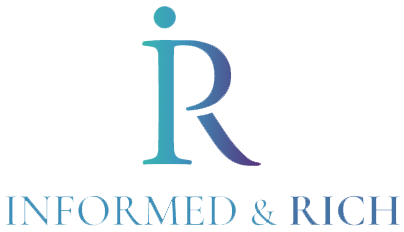

On April 21, 2025, President Donald J. Trump issued an executive order directing that the flag of the United States be flown at half-staff across all federal buildings, military installations, embassies, and naval vessels in honor of His Holiness Pope Francis.
Calling it an act of respect for the memory of the Pope, Trump invoked his presidential authority to mandate that flags remain lowered until sunset on the day of interment.
“As a mark of respect for the memory of His Holiness Pope Francis,” the proclamation read, “I hereby order that the flag of the United States shall be flown at half-staff… throughout the United States and its Territories and possessions.”
The order extended beyond domestic borders, requiring that all U.S. embassies, consular offices, and military facilities abroad also fly their flags at half-staff for the same period.
The gesture, steeped in solemnity and reverence, served not only as a tribute to the late Pontiff but also as a reaffirmation of Trump’s ongoing recognition of the Christian and Catholic Church’s role in American and global life.
Following the Vatican’s announcement of Pope Francis’ death, Trump honored the pontiff with a public statement on his social media platform, writing, “Rest in Peace Pope Francis! May God bless him and all who loved him!”
Speaking later at the White House Easter Egg Roll, he called Francis “a very good man who loved, loved the world, and he especially loved people that were having a hard time, and that’s good with me.”
The president also confirmed that he and First Lady Melania would travel to Rome to pay respects to a global spiritual leader, calling it an important opportunity to honor the late pope.
The funeral service will take place on Saturday and will mark Trump’s first international trip of his second term.
The event is expected to be the largest gathering of world leaders since his 2025 inauguration, bringing together a broad range of political figures—many of whom had previously clashed with the pope on issues such as migration and global inequality.
Beyond these symbolic gestures, President Trump has consistently demonstrated substantive support for Catholic and Christian communities throughout both of his terms, a sharp contrast to the Biden administration, which a sharp departure from the Biden administration, which vilified Christians and Catholics.
Trump’s administration made religious liberty, the protection of faith-based institutions, and recognition of Catholic and Christian contributions central to its platform.
Trump’s pro-life stance, long praised by Catholic leaders, translated into real policy changes. He reinstated and expanded the Mexico City Policy, cutting federal funding to foreign organizations that perform or promote abortions.
Domestically, his administration issued new rules protecting religious employers from being forced to provide contraception coverage, aligning with the conscience rights of Catholic hospitals, schools, and nonprofits. Support for Catholic education has also been a recurring theme.
Trump advocated for school choice, including voucher programs and tax credits that benefit families sending their children to parochial schools. During his first term, he consistently praised Catholic schools for their academic excellence and moral foundation.
His Department of Education worked to ensure that federal COVID-19 relief funds would also be accessible to private and faith-based schools, including those in the Catholic system.
In addition to policy, Trump has appointed a historically high number of Catholics to high-ranking government positions. Vice President J.D. Vance is a practicing Catholic.
His cabinet and advisory roles also include Secretary of State Marco Rubio, Secretary of Health and Human Services Robert F. Kennedy Jr., Secretary of Transportation Sean Duffy, and CIA Director John Ratcliffe—all of whom are devout or openly Catholic.
It is arguably the most Catholic administration in U.S. history, with Catholic leaders playing prominent roles in defense, education, labor, health, and national security policy.
This wave of appointments reflects a broader trend: the normalization of openly Christian leadership in the highest levels of government.
Speaker of the House Mike Johnson, a practicing Protestant and constitutional conservative, has frequently spoken about the importance of faith in public life.
Defense Secretary Pete Hegseth, also an openly Christian figure, has launched efforts to restore religious liberty within the military, reversing Obama-era policies that had restricted chaplains and service members from expressing traditional views on marriage and gender.
Together, these figures represent a distinct shift in American governance, one that welcomes rather than suppresses expressions of Christian belief.
The administration’s support extends beyond Catholics to the broader Christian community.
From hosting prayer services at the White House to commemorating Christmas and Easter with public acknowledgment and ceremony, the Trump White House has made faith a central part of its cultural posture.
In contrast, in 2024, President Joe Biden issued a proclamation recognizing March 31 as Transgender Day of Visibility, which coincided with Easter Sunday, in a clear sign of disrespect to Christians and Christian values. Under Trump, Christian artists, veterans, pastors, and lay leaders have all had prominent roles in public events.
Many faith-based charities have also been elevated and given new opportunities to partner with government in areas like disaster response, addiction recovery, and refugee assistance.
President Trump’s show of respect for His Holiness the Pope is part of a broader commitment to supporting Christians and upholding the Christian values that formed the foundation of this nation, values from which America has increasingly diverged, weakening the country in the process.
The post The Pope and the President appeared first on The Gateway Pundit.

